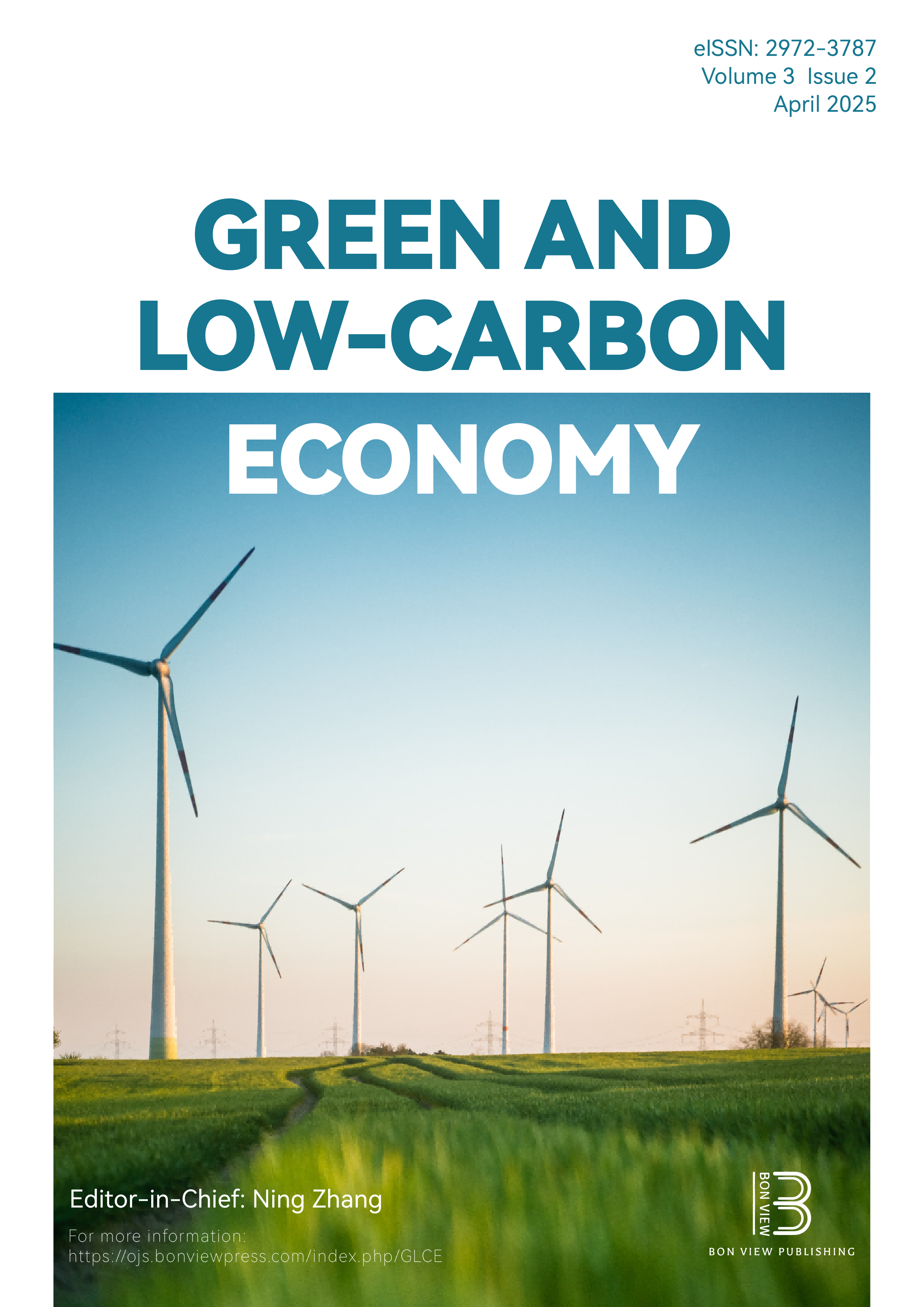Global Supply Chain Network Design Under Cap-and-Trade System and Analysis of Carbon Price and Emission Allowance
DOI:
https://doi.org/10.47852/bonviewGLCE42022351Keywords:
carbon neutral, supplier selection, mathematical programming, material-based GHG emissions, free trade agreement, custom duty, life cycle inventory databaseAbstract
Carbon cap-and-trade has been introduced to reduce greenhouse gas (GHG). Carbon cap-and-trade is expected to incentivize reducing GHG emissions because it enables the receipt of refunds based on the gap between actual GHG emissions and the predetermined allowance. Moreover, GHG emissions, procurement costs, and custom duties depend on the country, its economic conditions, the electric energy mix, and free trade agreements (FTAs). To reduce GHG emissions with an affordable cost in a global supply chain, it is important to select suppliers and factory locations considering these factors. Furthermore, since carbon price and GHG emission allowance could be changed, manufacturers should also be paid attention to cost fluctuations due to carbon cap-and-trade. This study develops a mathematical model for a global supply chain with a carbon cap-and-trade system and analyzes GHG emissions and costs under different carbon prices and GHG emission allowances. First, procurement cost and GHG emissions for each part are estimated using the life cycle inventory (LCI) database, and a bill of materials (BOM), listing the estimated cost and GHG emissions for each procured country, is created. Second, a global supply chain with a carbon cap-and-trade is formulated using mathematical programming. Third, numerical experiments are conducted to illustrate a design example. Finally, the results are discussed and analyzed from the viewpoints of reducing costs, GHG emissions, cost-effectiveness, and switching suppliers. It is found that the carbon cap-and-trade system can be effective in constructing a global low-carbon supply chain considering customs duties and FTAs and that carbon price has a greater impact on the reduction of GHG emissions instead of GHG emissions allowance in the numerical experiments.
Received: 31 December 2023 | Revised: 6 July 2024 | Accepted: 26 August 2024
Conflicts of Interest
The authors declare that they have no conflicts of interest to this work.
Data Availability Statement
Data available on request from the corresponding author upon reasonable request.
Author Contribution Statement
Miyu Kotegawa: Methodology, Software, Validation, Formal analysis, Investigation, Resources, Data curation, Writing - review & editing, Visualization. Yuki Kinoshita: Conceptualization, Methodology, Software, Validation, Formal analysis, Investigation, Resources, Data curation, Writing - review & editing, Visualization, Supervision, Project administration. Tetsuo Yamada: Conceptualization, Resources, Supervision, Project administration, Funding acquisition.
Downloads
Published
Issue
Section
License
Copyright (c) 2024 Authors

This work is licensed under a Creative Commons Attribution 4.0 International License.
How to Cite
Funding data
-
Japan Society for the Promotion of Science
Grant numbers JP23H01635


